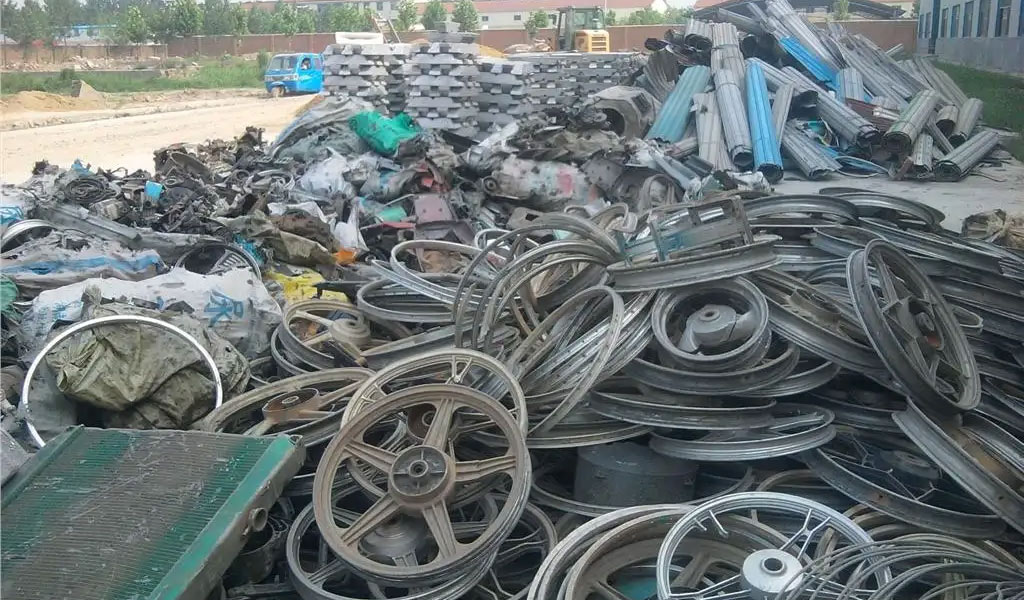
Every year, 115% of end-of-life tires (NFU) are collected and recycled or reused in Spain. A whole change in the Spanish culture of the pneumatic industry that has occurred in the last decade.
According to the CEO of Signus, Gabriel Leal, in an article published by El Economista , “what ten years ago was waste that was discarded, that no one knew what to do with it, with the aggravating circumstance of having a life cycle of hundreds years (it is manufactured to be indestructible), today it is an economic resource with other applications”, although it is not yet economically profitable in itself.
Collecting and transporting tires and then using the energy required to separate their components and shred them has costs. The products and materials obtained in the process have an economic value, but at present, fundamentally due to lack of demand, this value has not come to cover the costs. Recycling is expensive and is paid for by the consumer each time they buy a tire. The good news is that if ten years ago users contributed 1.98 euros per purchased tire to the recycling process, as reflected in the invoices, at this time that amount has been reduced to 1.33 euros, 33% less.
Last year Signus collected 186,285 tons of NFU in Spain, although the total amount managed was higher than the amount collected and placed on the market by the participating producers (190,038 tons).
Of this amount, 24,305 tons were reused for second-hand or retreaded tires , 99,103 were separated into steel, rubber and textile fiber, 62,878 were used in the manufacture of cement, 2,731 to generate electricity, 921 for pyrolysis facilities and 100 tons for civil work.
Of the 300,000 tons of tires that are generated in Spain annually, only 200,000 are regulated. The Administration is responsible for these unregulated flows. The regulatory gaps in scrapping and reusable tires are not on the legislators’ agenda. But they do seem willing to regulate the flow of large tires, such as those for agricultural and industrial use, with more than a meter and a half in width that the regulations do not contemplate today.